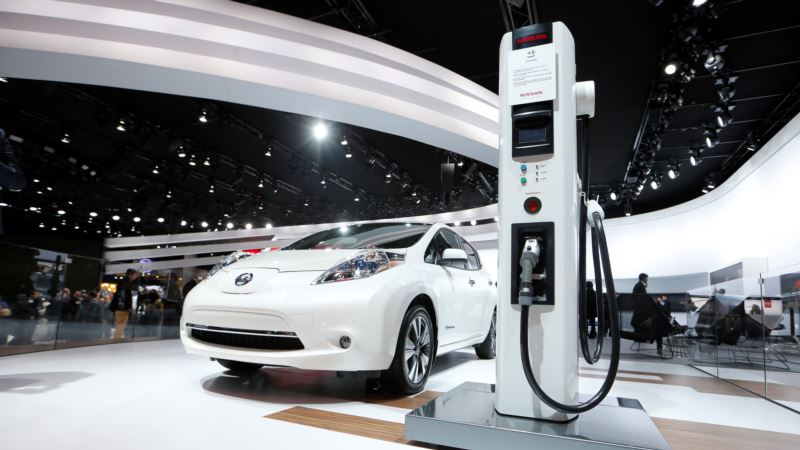A new environmentally friendly technology being used by a factory in southern India to convert carbon dioxide into useful chemicals has won attention for contributing to the battle to reduce greenhouse gas emissions. The industrial plant in Tuticorin in Tamil Nadu state captures carbon dioxide emissions from its own coal boiler and uses it to make soda ash – a base chemical with uses that include the manufacture of glass, sweeteners, detergents and paper products. The factory’s owner, Gopalan Ramachandran, estimates his plant could save up to 60,000 tons of carbon dioxide emissions a year. He gives a satisfied laugh as he tells VOA “I feel really proud about it whenever I see the chimney, OK – clean. Earlier there used to be lot of smoke there going out, now you find that everything is neat and clean.” Carbon capture Across the world, many projects are focusing on carbon capture because environmentalists believe this could be key to keeping global warming in check. Some have worked on storing the carbon dioxide, others on converting it into plastics and fuel. But high cost has remained a key concern. The new technology used by Tuticorin Alkali Chemicals and Fertilisers Ltd appears to have overcome that hurdle and environmentalists say it represents a significant breakthrough in capturing carbon dioxide for use by some industries in an economically viable manner. Ramachandran, who adopted the technology from a pure business perspective rather than environmental concerns, says the expense he incurs is just marginally more than what he spent when he bought the gas from a nearby fertilizer plant. He began exploring how to utilize carbon dioxide from his own factory last year after the fertilizer plant could not supply it any longer. The technology has been developed by Carbon Clean Solutions – a start-up by two Indian engineers based in London focusing on carbon dioxide separation technology. Arun Kumar at New Delhi-based The Energy and Resources Institute is optimistic such initiatives will go a long way in helping the goal of reducing carbon emissions. “Where the captured carbon dioxide can be utilized for industrial production would be most cost effective compared to say when we talk of carbon capture storage from power plants,” he says. Many other businesses in the country could use such technology. “There are many chemicals exported out of India where CO2 is the raw material. Definitely you will find this a much, much simpler solution,” says Ramachandran. Carbon footprint India is the world’s third-largest emitter of greenhouse gases and the populous country will make a key difference in how the world’s battle to fight climate change pans out in the coming years. Although the energy sector, which relies heavily on coal-based thermal plants, is the biggest contributor to emissions, industrial emissions are also significant. India has pledged to slash the intensity of its fossil-fuel emissions by one-third by 2030 compared to 2005 levels, largely by making a big shift to renewable energy sources such as solar. But initiatives by industry to reduce emissions will also go a long way in contributing to that goal. India is also looking at converting waste carbon dioxide into bio fuel. Pointing out that India will be using coal for a long time to come, Kumar says “if we are to fight climate change, and we have to look at climate mitigation action, then carbon capture technology, if it can be used in a productive way, it is a very good option.”
Technology Helps Indian Factory Convert Carbon Emissions






